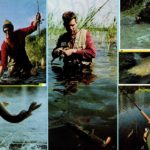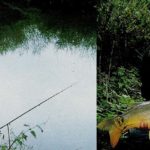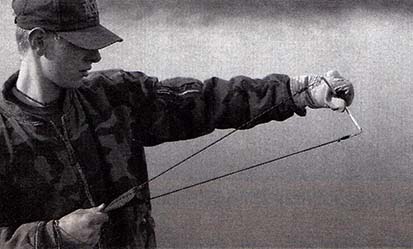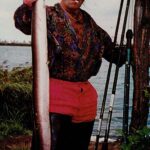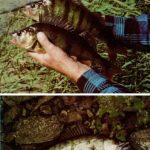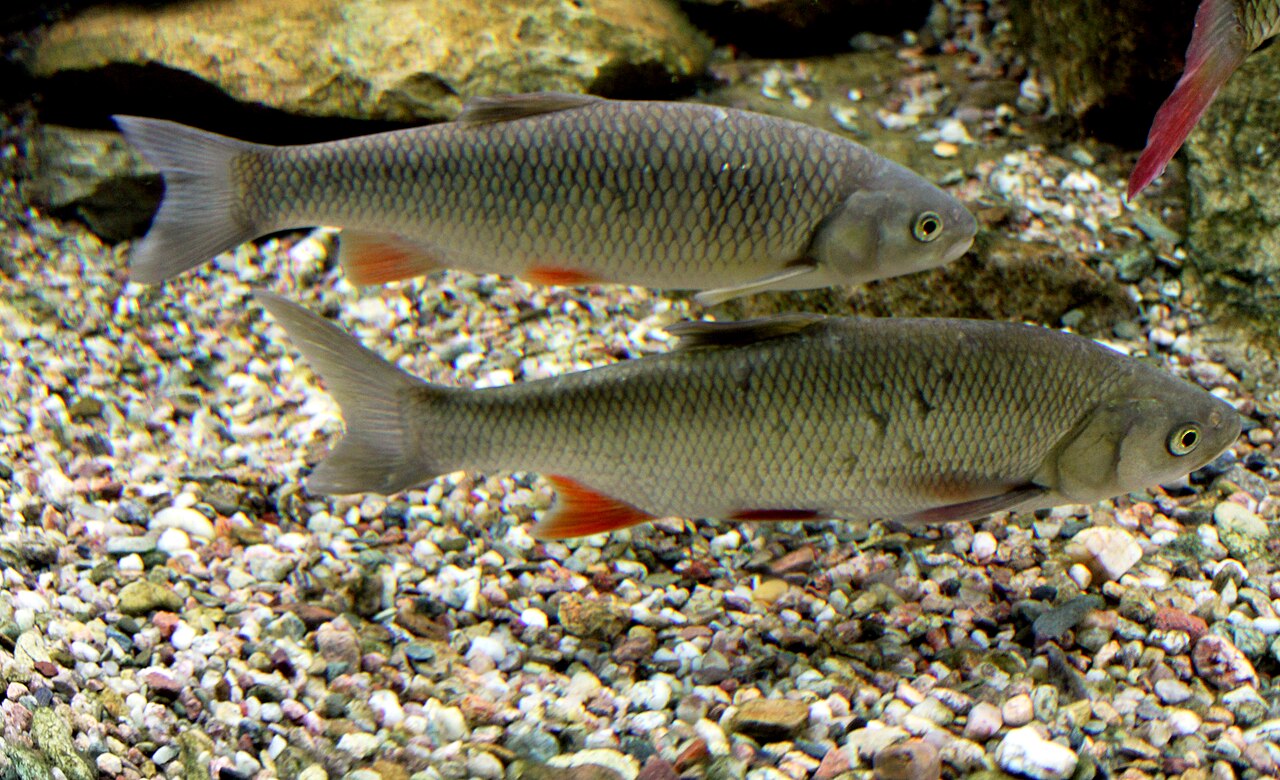 Świnki są niezwykłymi rybami i to pod każdym względem. Na sukces w łowieniu świnek mogą liczyć tylko wędkarze którzy dobrze poznali zwyczaje tego gatunku.
Świnki są niezwykłymi rybami i to pod każdym względem. Na sukces w łowieniu świnek mogą liczyć tylko wędkarze którzy dobrze poznali zwyczaje tego gatunku.
Ryba, którą akurat holuję na wędce odległościowej nie ucieka tak energicznie jak kleń czy brzana. A mimo to stawia całkiem niezły opór. Nie muruje też do dna, lecz szarpie się tuż pod powierzchnią i konsekwentnie ustawia w poprzek prądu. Tak walczy tylko świnka. Po kilkakrotnym pompowaniu podciągam w końcu mą zdobycz do brzegu.
Po chwili trzymam w rękach półkilogramową białą rybę. Górna warga z twardej chrząstki ma charakterystyczny kształt świńskiego gwizdu, stąd też prawdopodobnie wzięła się nazwa gatunkowa tej ryby. Grube wargi są najlepszym dowodem na to, że świnki szukają pożywienia głównie na dnie.
Jeszcze nigdy nie udało mi się złowić kilku świnek pod rząd. Co prawda są to ryby stadne i żerują w mniejszych lub większych grup-
kach, jednak inne gatunki ryb są od nich o wiele agresywniejsze i prawie zawsze przeganiają je z zanęconego łowiska. Po złowieniu jednej świnki przeważnie biorą mi potem brzany i płocie.
Jeżeli chcę złowić następną świnkę zarzucam wędkę trochę dalej niż poprzednio. Wtedy śwince dość często udaje się jako pierwszej pochwycić przynętę. Jeżeli pozwalam spławikowi spływać dokładnie w tym samym miejscu, to prawie zawsze są tam już brzany lub płocie.
Świnki to bardzo dziwne ryby. Chociaż są typowymi rybami dennymi, to skuteczne łowienie ich na zestaw gruntowy z koszyczkiem zanętowym nie przynosi prawie żadnych efektów. Przynęta musi znajdować się w ciągłym ruchu. Latem świnki często biorą na przykład na białe robaki podczas łowienia na przepływankę w toni lub nawet blisko powierzchni wody. Jak to wytłumaczyć? Być może białe robaki, którymi donęcam po każdym zarzuceniu wędki, dość szybko znikają gdzieś w zakamarkach dna a świnki uczą się, że znacznie łatwiej jest im chwytać pożywienie już w momencie opadania w wodzie.
Smakoszki glonów
Poza białymi robakami dobrą przynętą na świnki są także glony porastające kamienie na dnie rzeki. Zebrane glony trzymam w zamykanym pudełku wypełnionym wodą, co zapobiega wyschnięciu przynęty. Wyschnięte nitki glonów stają się kruche jak sparciała guma i nie nadają się do łowienia. Chociaż świeże glony nie są kleiste, zakładanie ich na haczyk nie przedstawia najmniejszego problemu. Przynętę tę po prostu owija się wokół haczyka, zaczynając od trzonka, a kończąc na ostrzu, które powinno być całe schowane w glonach. Im więcej glonów na haczyku, tym niestety mniej brań. Cała sztuka polega więc na bardzo oszczędnym porcjowaniu glonów zakładanych na haczyk.
Jeżeli po złowieniu świnki, płoci, klenia lub brzany po lekkim ściśnięciu ryby w okolicach płetwy odbytowej zauważymy, że jej odchody mają kolor zielony, to możemy być pewni, że ryby zjadają akurat glony. Na glonach żyją maleńkie zwierzęta bezkręgowe, które też stanowią atrakcyjny kąsek dla ryb. Jest to też doskonałe wytłumaczenie, dlaczego muszkarze tak regularnie łowią świnki na zielone obciążone nimfy.

